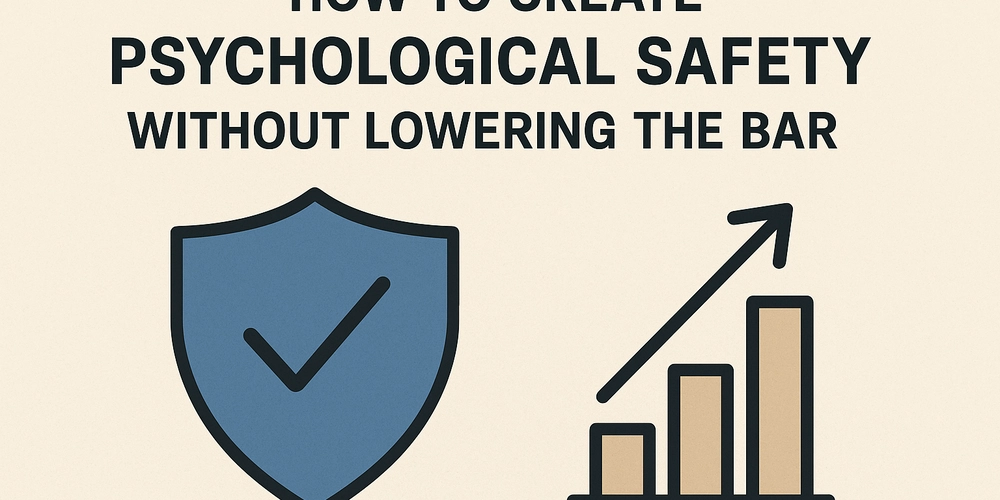Creating a culture of psychological safety is often misunderstood. It’s not about shielding people from hard conversations or protecting them from failure. It’s about creating an environment where people can take risks, can own mistakes, and can give and receive direct feedback, all while holding the bar high and, ideally, raising it even further.
In our team, maintaining and even improving our high standards is a core part of how we think about “not lowering the bar.” Psychological safety doesn’t come from letting things slide. It comes from making sure expectations are clear, consistent, and fair. People need to know what “good” looks like, and that part of being trusted is being held to that level.
One of the ways we’ve tried to encourage direct communication is through feedback coaching. We push for concerns to be raised directly between teammates where possible, rather than allowing frustrations to build up in silence. To help normalize this, we’ve incorporated regular 360 reviews, giving everyone an opportunity to give and receive feedback from multiple perspectives.
We even experimented with team reviews at the end of each sprint — not just reflecting on work done, but practicing speaking openly about what helped or hurt the team dynamic. While it didn’t always deliver the results we hoped for, it was part of the learning process. You cannot improve a team’s comfort with directness overnight. It’s a muscle that builds over time, not a box you tick.
Psychological safety and high standards are not opposing forces. They fuel each other when done right. People feel safest when they know their contributions are valued, their growth is supported, and the expectations are real, not just words on a slide deck.
If we want better teams, we need both courage and clarity. The courage to speak and hear hard truths. The clarity to know that the bar will never be lowered to make hard conversations easier.
Next time: Setting Feedback Up for Success — Before the Conversation Even Starts

